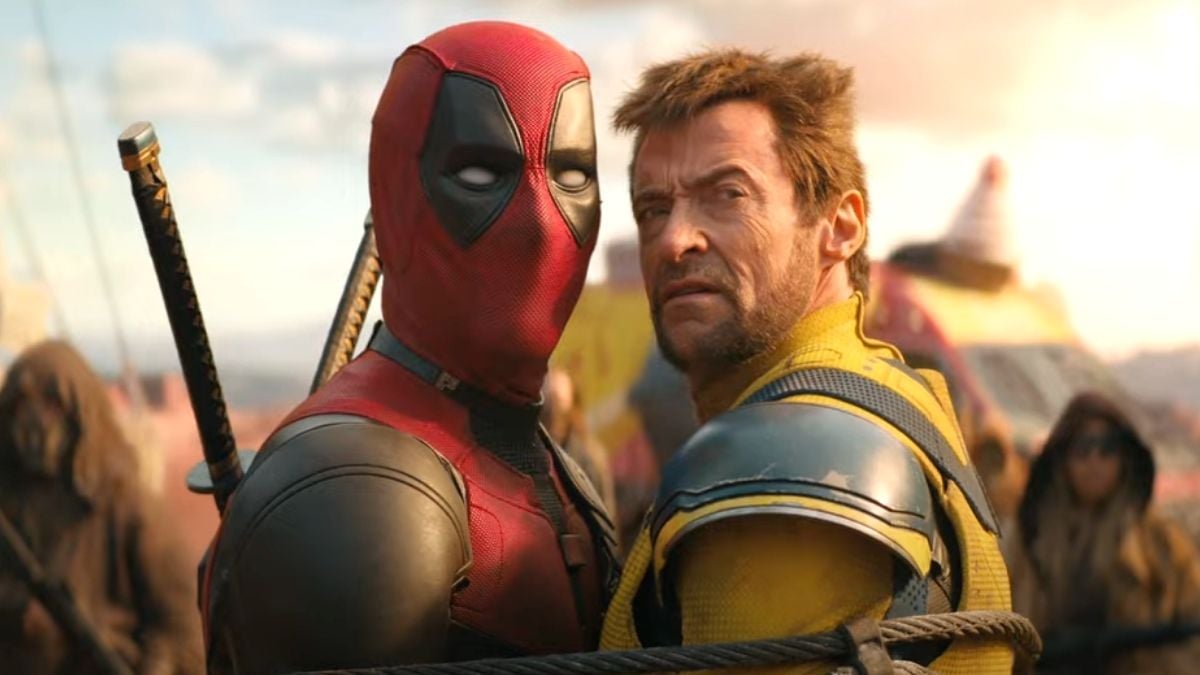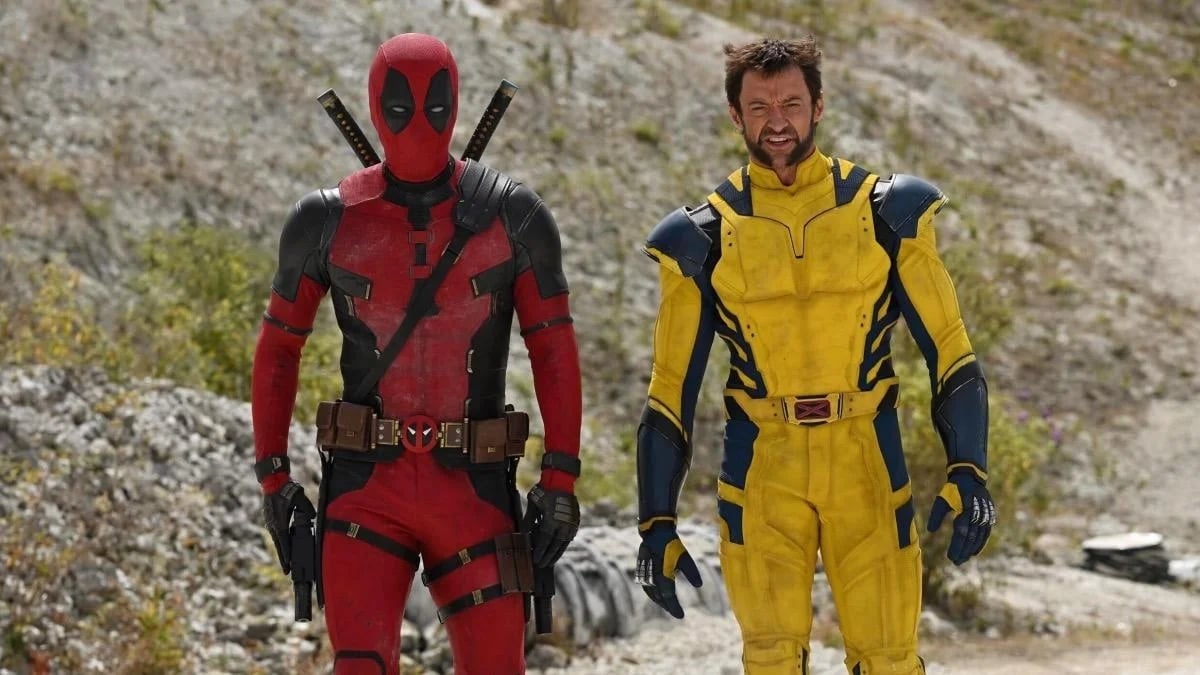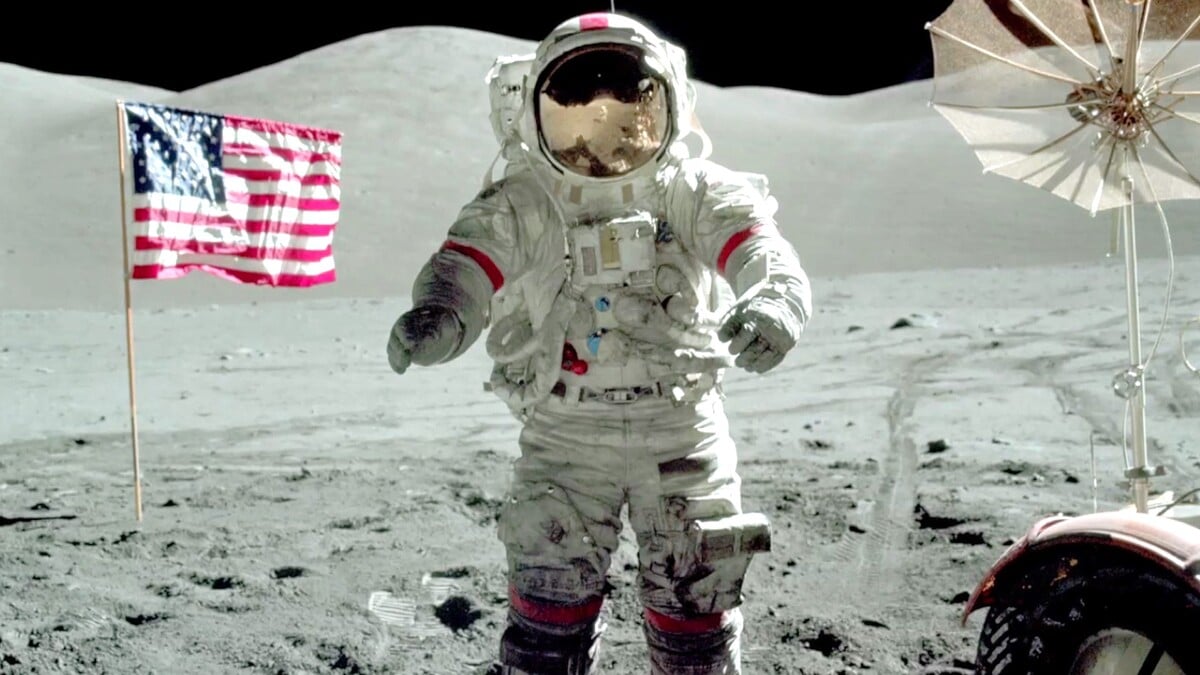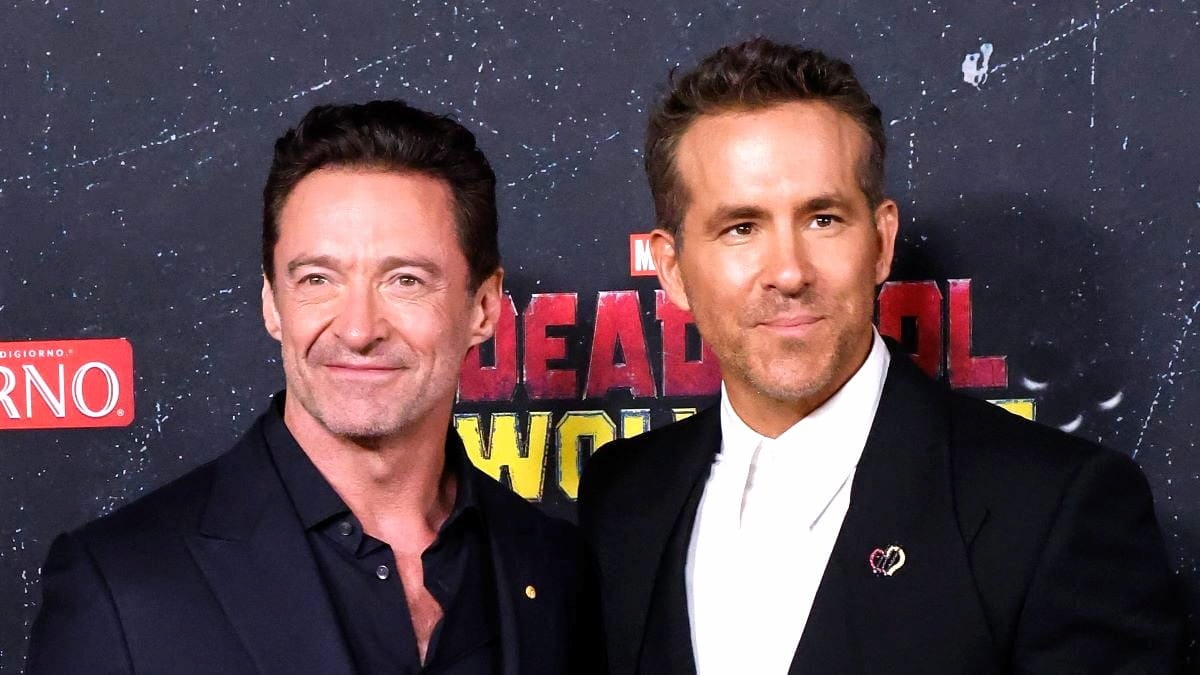In 2009, James Cameron’s Avatar revolutionized 3D technology in film. 13 years later, the craze has died out, but for Avatar: The Way of Water producer Jon Landau, that is the best way to experience the sequel.
Landau spoke to ComicBook about the choice to use the technology again in the sequel, which should motivate anyone to pay a little extra when taking to the cinema later this week. “The way we utilize 3D, we utilize it as a window into a world, not a world coming out of a window,” the producer eloquently described.
The difference is that, instead of bringing the world of Avatar closer to the audience, the team behind the cameras strove to bring the audience into Pandora. In that sense, the 3D technology, Landau says, is used more in dramatic scenes than in action sequences, given the latter’s rapid pace.
“Action scenes tend to be fast cutting. You can’t take in all of the 3D,” Landau explained. However, in a scene with stiller camera movement, and longer shots, you get to really explore all of its potential. “If you’re just there, I’m just gonna call it at a dinner table and you’re in 3D, suddenly you as an audience are a part of that moment,” the producer continued.
Using 3D cameras also meant shooting at 48 frames per second, instead of the usual 24, Landau said. This helps counter the technology’s strobing effect by making action sequences run smoother. Director and known 3D/film tech geek James Cameron also spoke on this choice in an interview with Yahoo UK:
“The rule was that whenever they’re underwater, it’s 48 frames. (…) If it’s just people sitting around talking or walking and talking, relatively slowly evolving images, it’s not necessary. In fact, it’s actually sometimes even counter-productive because it looks a little too glassy-smooth, right? So the trick to it was to figure out where to use it and where not to use it.”
Cameron also explains that the reason why some viewers’ heads start hurting when watching a movie in 3D is that, in that kind of augmented visual experience, the 24fps frame rate is too fast for the brain to easily follow an object as the camera moves around it. “The rapid lateral displacement causes it to strobe and it basically screws with our brains. We wanted to get rid of that to make a better 3D experience,” he said.
All this technical chatter is just a way to explain why Avatar: The Way of Water was conceived, in its every detail, to be watched in 3D. Given James Cameron’s history with the technology, as one of its biggest champions in the film industry, audiences can rest assured that its use in this film is far from a simple gimmick, but rather an authorial choice to elevate the type of story Cameron wanted to tell.
Get your 3D glasses out and catch Avatar: The Way of Water in theaters Dec. 16.








Published: Dec 13, 2022 05:22 am